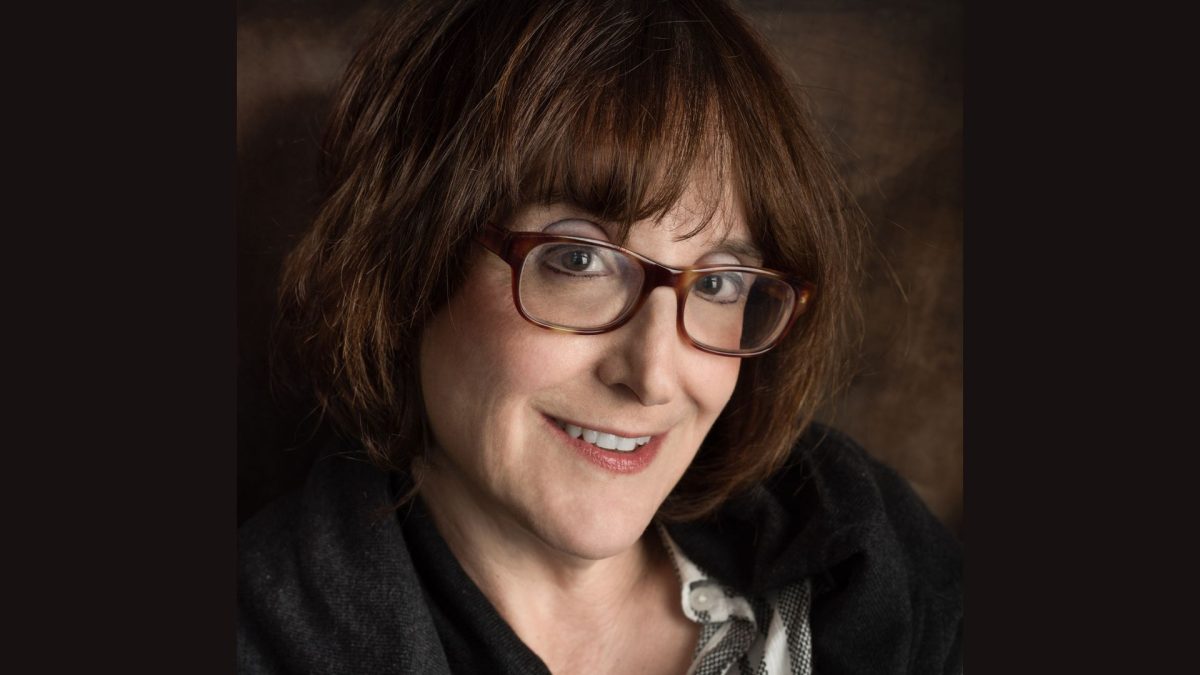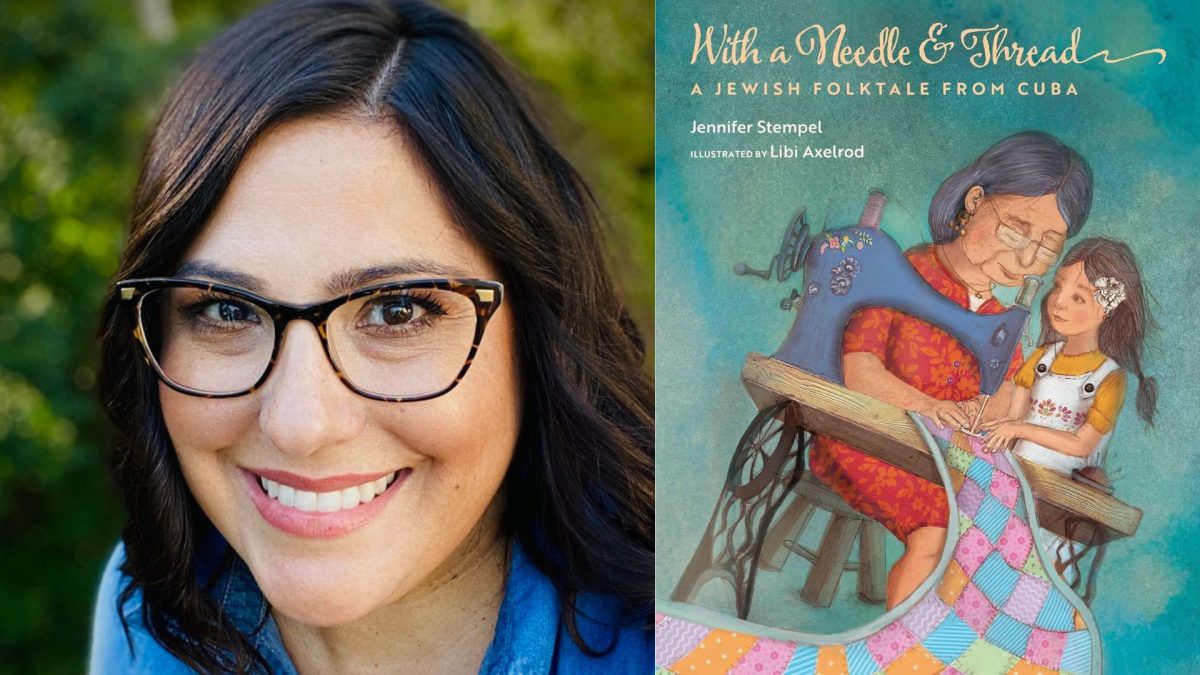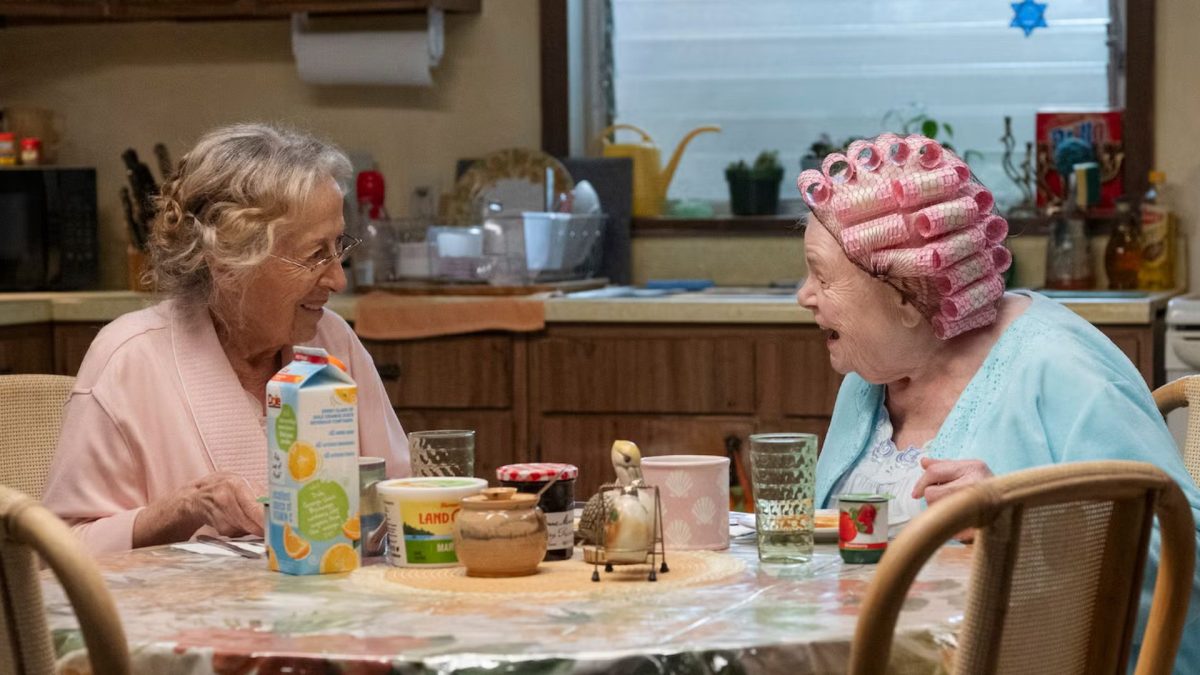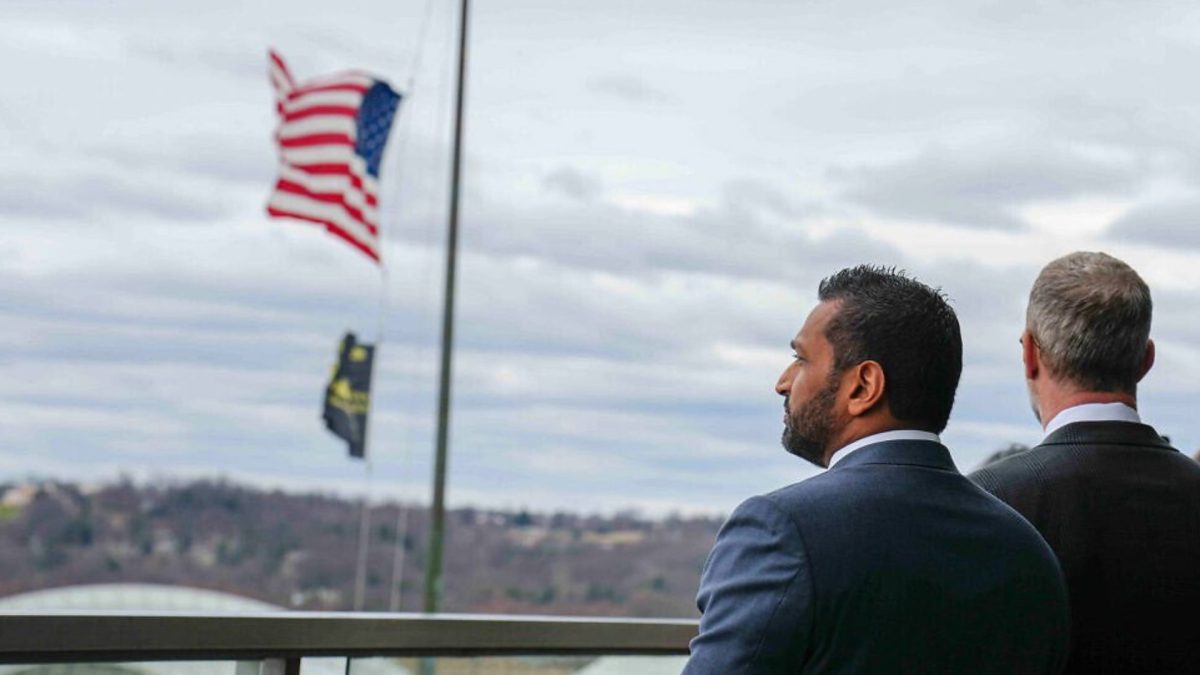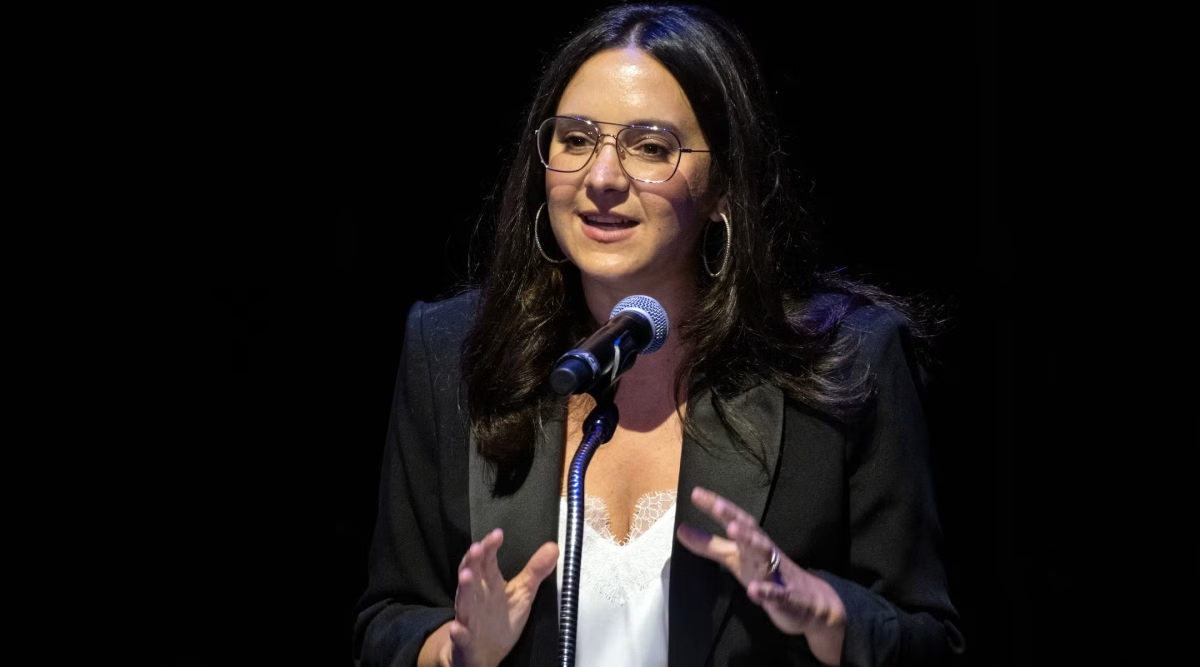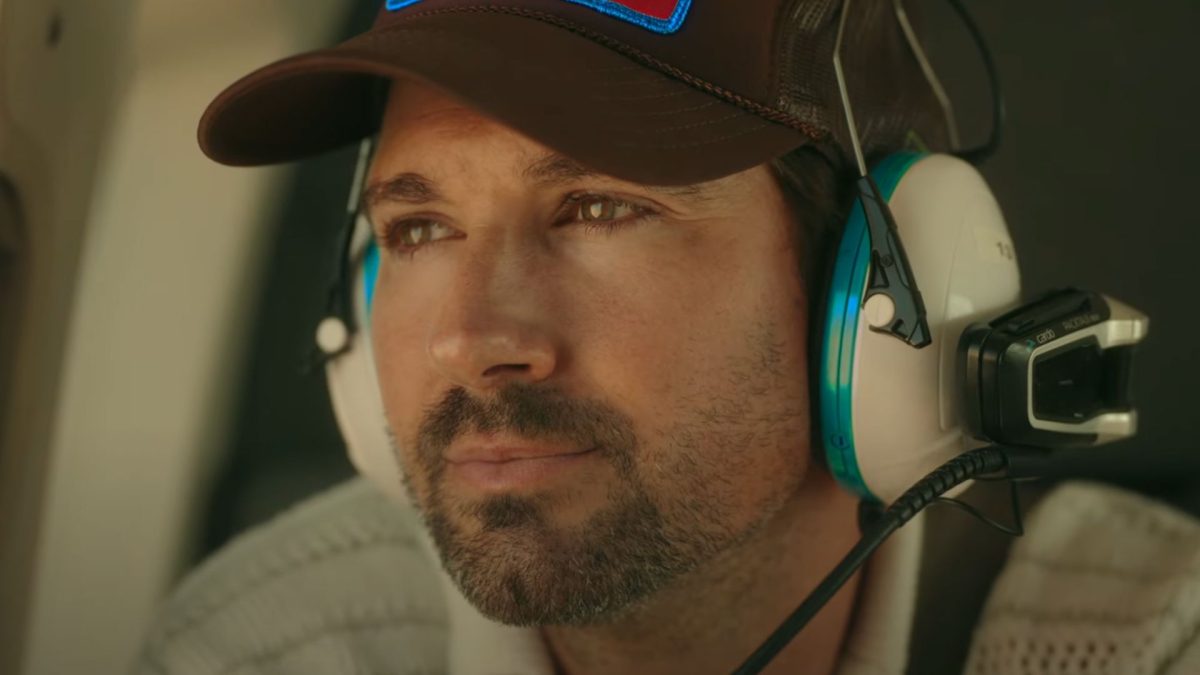Kate Winslet gives a powerful performance as war photographer Elizabeth “Lee” Miller whose images of concentration camps in post-war Germany helped proved the horror of the Shoah to the world, in the gripping, inspiring historical biopic “Lee.”
The drama tells an astonishing tale of a bold woman who remade herself from a fashion model into a World War II war photographer. Along with Jewish American photographer David Scherman (Andy Samberg), working for Life Magazine, Lee Miller headed into Germany immediately after it fell and took some of the earliest and most important images of the Shoah, captured at Dachau and other locations as they were liberated. Her shocking photos of concentration camps and survivors were published in American Vogue with an article titled “Believe It” as photographic proof for those who doubted.

(Kimberley French. Courtesy of Roadside Attractions and Vertical)
Kate Winslet as Lee Miller
You may not recognize her name, but you have certainly seen some of her post-war photos, among the most iconic images of concentration camps. Now Lee Miller is recognized as one of the greatest war correspondents of our time as well as someone who knocked down barriers for women photographers.
ADVERTISEMENT
“Lee” also features a host of stars, including Josh O’Connor, Alexander Skarsgard, Andrea Riseborough and Marion Cotillard, and a lot of famous artists in this true story. Directed by acclaimed cinematographer Ellen Kura, making her feature film directorial debut, the stirring, inspirational drama “Lee” takes audiences from Lee Miller’s days as a New York fashion model-turned fashion photographer in Paris, who is living a life of pleasure among such important artistic figures as Picasso (Enrique Arce) and surrealist art photographer Man Ray (Samuel Barnett), who mentored her, to her years as a war correspondent and photographer in France and then post-war in Germany.
Winslet gives a breathtaking performance, both as the older Lee Miller and the younger one in pre-war Paris, wartime London and France, and post-war Germany. The older Lee, chain-smoking and downing scotch, recounts her amazing career to a young interviewer (O’Connor), in a framing device that brackets the historical tale.
We first meet young Lee Miller (Winslet, looking her fashion beauty best) as a partying American ex-pat in pre-WWII France, where the ex-New York fashion model runs with a bohemian, artsy crowd that includes Pablo Picasso and photographer Man Ray, and leads a life of pleasure. Yet Lee has her eye on a new career in photography, a passion from childhood, and has been mentored by surrealist photog Man Ray.
ADVERTISEMENT
As war’s storm clouds gather, Lee meets artist and businessman Roland Penrose, and moves to London with him. There she gets that chance to switch careers, working at British Vogue under Audrey Winters (Riseborough), who also happens to employ Cecil Beaton, the royal family’s favorite photog.
When war breaks out, Lee returns to France as a war photographer with American troops. There she teams up with Life magazine photographer Scherman (Samberg), and as the war ends, they race to Germany to capture photographic evidence of Hitler’s evil. The bold, bohemian Lee Miller also finds Hitler’s now vacant apartment, where she and Scherman collaborate on a famous photo of a nude Miller in Hitler’s bathtub with her muddy boots from her visit to Dachau next to the tub, a shot taken just as Hitler committed suicide in his Berlin bunker.
Before Lee and Scherman leave post-war Paris for newly fallen Germany, Lee finds one her French friends from her carefree pre-London days, Solange D’Ayen (played by Cotillard, in a heartbreaking performance), who’s hiding in a deserted Nazi command center. Solange has been shattered by the war, and her imprisonment by the Nazis, and now, post war, she waits for her missing husband to return. Lee also encounters other old friends, Paul Eluard (Vincent Colombre), a poet and French Jew, and his wife Nusch Eluard (Noemie Merlant).
Kate Winslet becoming Lee
Winslet transforms herself from the elegant, hedonistic model-turned-photographer into a fearless, hard-drinking, tough war correspondent Lee became during the war and post-war. It is a showcase performance but both Winslet and Samberg are wonderful in their scenes together, showing real chemistry between the actors. Samberg’s Scherman is steady and reliable but finally briefly breakdowns emotionally after Dachau, crying out about “his people” and Hitler’s evil, in a moving scene. Both he and Winslet’s Lee Miller are passionate about their work, willing to face danger in the field to tell this important story and record it for history. On the other hand, Skarsgard’s aristocratic Brit Roland Penrose remains a pacifist, who opposes Hitler but does not comprehend Lee’s fearless willingness to place herself in harm’s way.
First-time director Kura crafts an inspiring, powerful film filled with dramatic photography as “Lee” tells the too-little known story of this fearless, feminist who broke barriers for women war correspondents. If the film has a flaw, it is in the somewhat awkward framing device, although at the drama’s end you learn why it was used. However, it is a small flaw in an otherwise outstanding film, featuring an outstanding performance from Winslet, playing a historical figure whose name should be better known.
“Lee” opens Friday, Sept. 27, at multiple area theaters.





